|
John Tyman's Cultures in Context Series AFRICAN HABITATS : FOREST, GRASSLAND AND SLUM Studies of the Maasai, the Luhya, and Nairobi's Urban Fringe |
|
|
|
|
|
John Tyman's Cultures in Context Series AFRICAN HABITATS : FOREST, GRASSLAND AND SLUM Studies of the Maasai, the Luhya, and Nairobi's Urban Fringe |
|
|
|
|
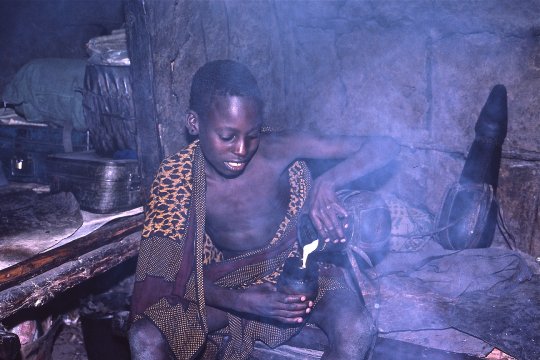 |
| 470. Anna also worried about her children’s eyesight because, with a roof that was low and flat like that of her neighbours, her house was often full of smoke. |
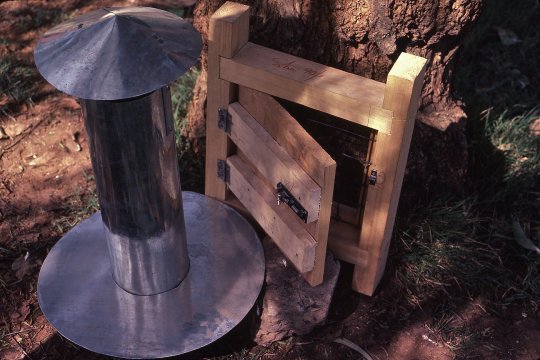 |
| 472. So she arranged for the Mission to supply her village with ready-made windows and chimneys, which women could buy cheaply and incorporate into existing and new homes. |
 |
| 473. This woman could not afford a proper chimney but she did leave a hole over her fire. |
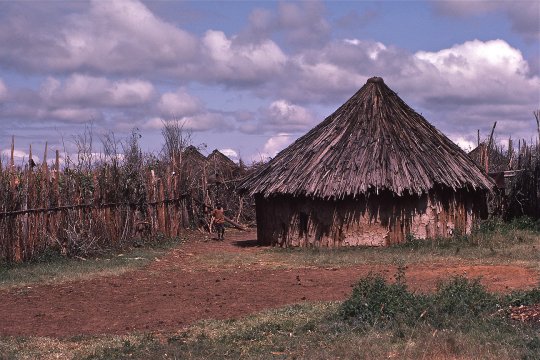 |
| 474. Other women saved money by building a thatched, cone-shaped roof --similar to those built by forest tribes in the west of Kenya (but not, in this case, to shed heavy rain). |
 |
| 475. The smoke, or at least some of it, rises above the level occupied by the children and finds its own way out through the roof. |
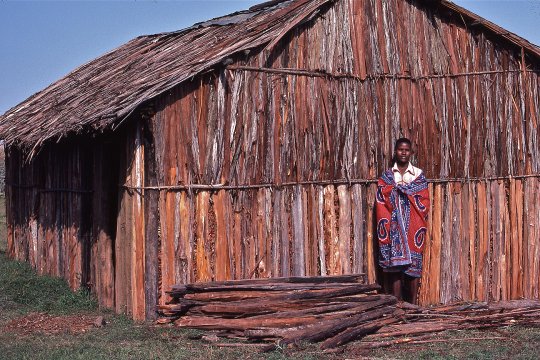 |
| 476. Anna’s sister tried something different. She scoured the district in search of timber and built a large gable-shaped home with a much higher roof than normal. |
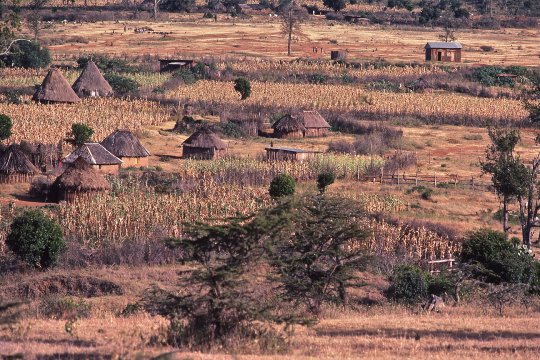 |
| 477. This, then, reflects the influence of women like Anna ... a village with corn patches, vegetable gardens and a variety of roofing styles. |
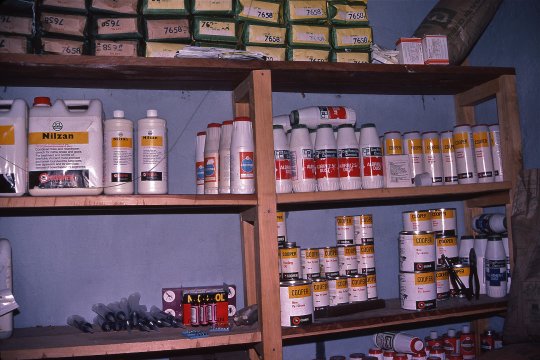 |
| 480. The store at the Mission ordered in sprays and medicines for the herders to use, but many men considered it beneath their dignity to bother with white man’s medicine. |
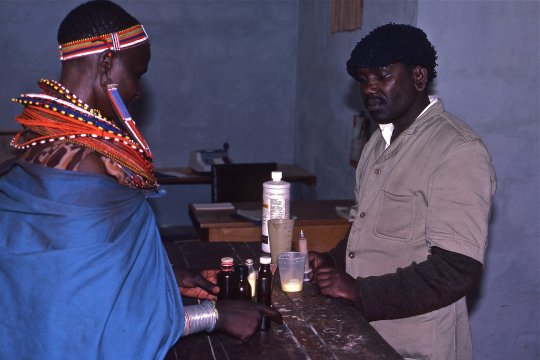 |
| 481. So the women came and bought them. They had children to feed and cattle to look after, and they were willing to try anything. |
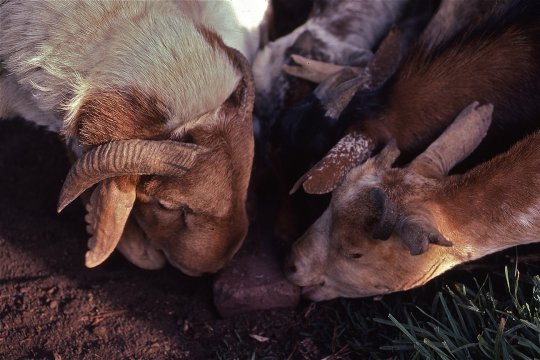 |
| 482. They also took home blocks of mineral salt. When cattle were free to roam over large areas they found salt naturally: now it must be provided.. |

![]()
Text, photos and recordings
by John Tyman
Intended for Educational Use
Only.
Contact Dr. John Tyman at johntyman2@gmail.com
for more information regarding
licensing.
![]()
www.hillmanweb.com
Photo processing, Web page layout,
formatting and hosting by
William
Hillman ~ Brandon, Manitoba ~ Canada